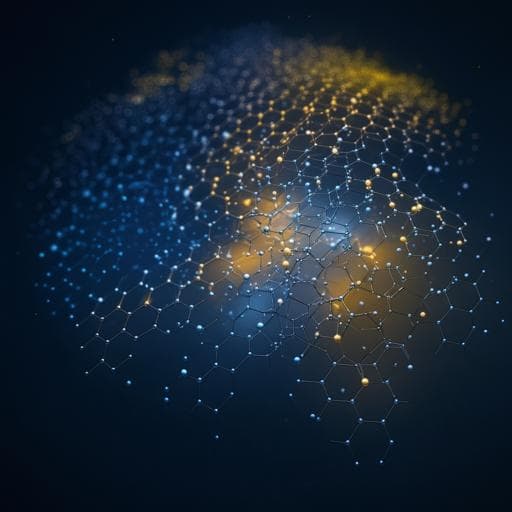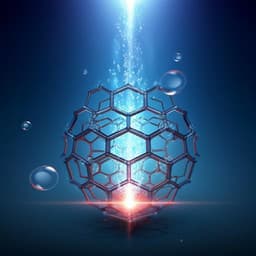
Chemistry
Breaking through water-splitting bottle-necks over carbon nitride with fluorination
J. Wu, Z. Liu, et al.
This groundbreaking research reveals how fluorination can enhance the water-splitting capabilities of graphitic carbon nitride (g-C3N4) by mitigating harmful C=O bonding. The findings demonstrate remarkably improved rates of hydrogen evolution and sustainable oxygen release, paving the way for advanced applications in energy conversion. Conducted by a team of skilled researchers including Ji Wu and Zhonghuan Liu.
~3 min • Beginner • English
Related Publications
Explore these studies to deepen your understanding of the subject.







